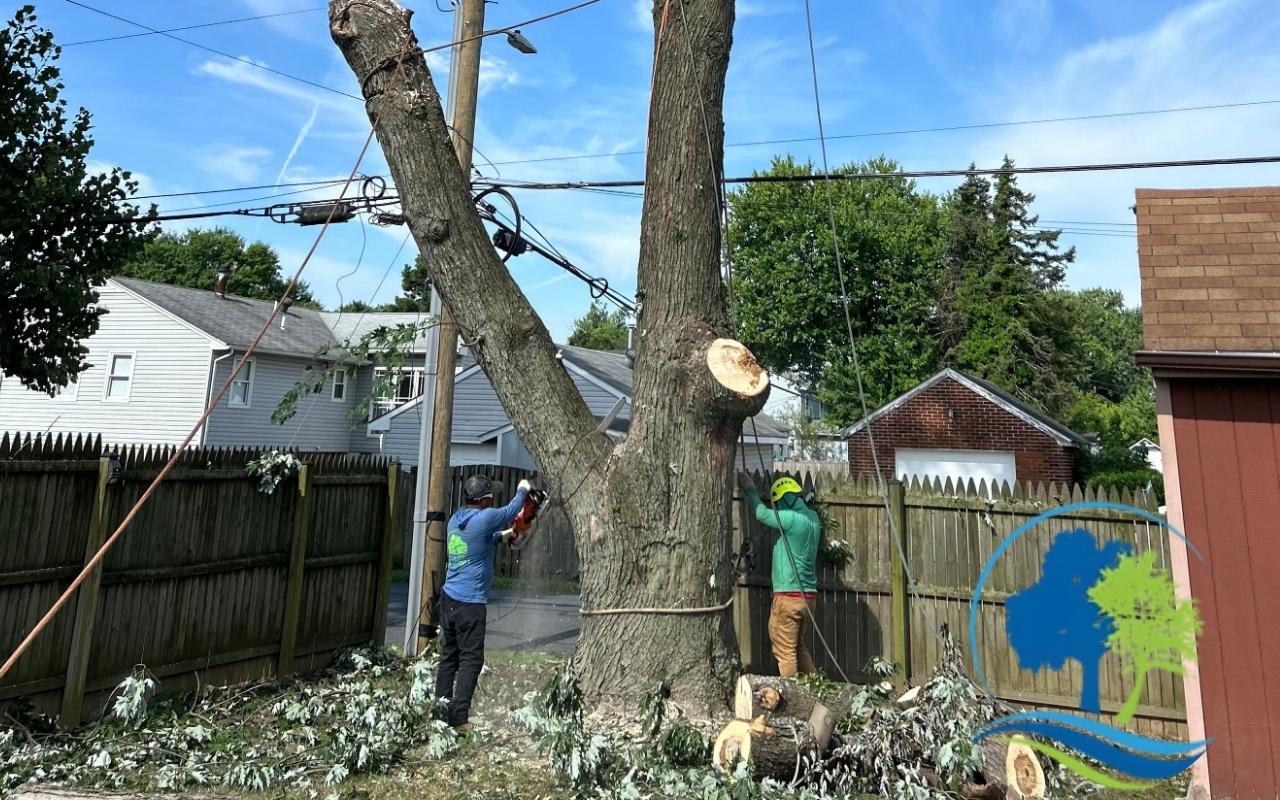
Homeowners often wonder about the tree pruning cost vs trimming cost when scheduling tree maintenance. While both services involve cutting branches, their purposes and pricing differ. Pruning is a more specialized process that targets tree health while trimming focuses on shaping trees for appearance and safety. Understanding these cost differences helps property owners budget for tree care and make informed decisions about maintaining their landscape.
Tree Pruning Cost vs Trimming Cost: Key Differences
1. Purpose and Complexity of the Service
- Pruning is a more detailed process that removes dead, weak, or diseased branches. It often requires skilled arborists, specialized tools, and safety measures, making it more expensive.
- Trimming involves cutting back overgrown branches to maintain a neat shape. It is a more routine service that generally costs less than pruning.
2. Labor and Equipment Required
- Pruning may involve climbing, using heavy-duty cutting tools, and carefully removing limbs to prevent disease spread.
- Trimming typically requires hedge trimmers, pole saws, or pruning shears, making it less labor-intensive.
3. Impact on Tree Health and Growth
- Pruning helps trees grow stronger and prevents structural issues, requiring more skill and precision.
- Trimming is more about aesthetics and does not typically address tree health concerns.
These factors contribute to variations in pricing between the two services.
Factors That Affect Tree Pruning and Trimming Costs
Several elements influence the cost of both services, including:
Tree Size and Height
- Small trees (under 25 feet): Lower cost due to easier access and fewer branches to cut.
- Medium trees (25–50 feet): Higher costs as they require more labor and safety precautions.
- Large trees (over 50 feet): Most expensive due to the need for climbing equipment, bucket trucks, and experienced arborists.
Tree Condition and Accessibility
- Trees with diseased or damaged limbs may require extra care and precision during pruning, increasing costs.
- Trees close to buildings or power lines need careful trimming, requiring additional labor and time.
Frequency of Maintenance
- Regularly maintained trees cost less to trim or prune compared to neglected trees that need extensive work.
- Overgrown trees may require multiple sessions, raising overall costs.
Regional Pricing Differences
- Urban areas with higher labor costs typically have higher prices for tree care.
- Prices may vary based on local tree care regulations and service availability.
Investing in Proper Tree Care
Budgeting for tree pruning cost vs trimming cost ensures trees remain safe, healthy, and visually appealing. Regular maintenance prevents costly emergency removals or property damage caused by overgrown or weak branches. If you’re considering tree care, we can help. Our licensed and insured team has provided professional services across Maryland for over 17 years, handling residential and commercial properties. Contact us today for a free estimate and expert tree care solutions.
